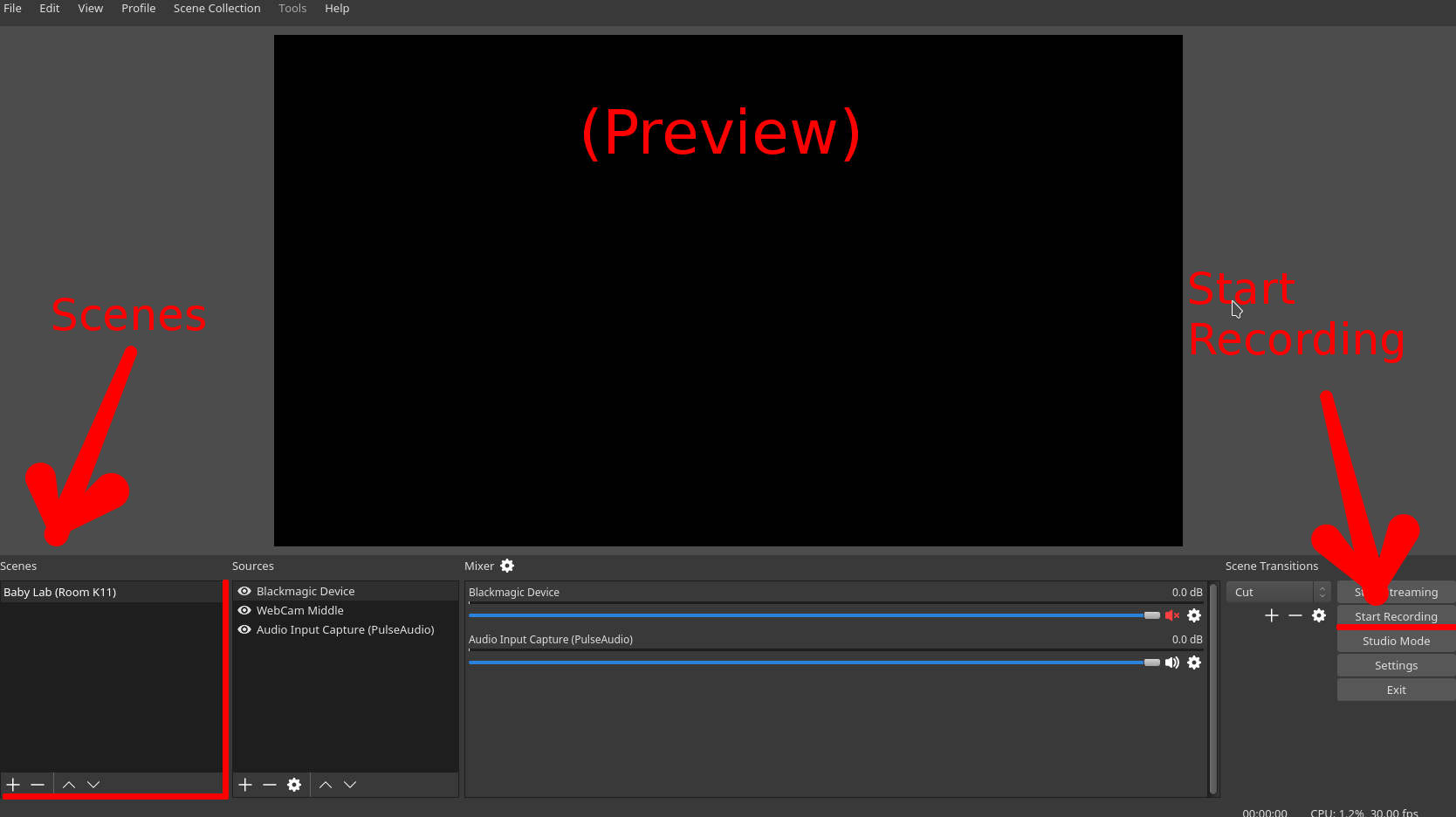

Luckily, the software is pretty streamlined, so you can switch between different mics with ease. Since OBS Studio allows you to connect multiple devices simultaneously, it’s pretty easy to lose track. You have three different modes you can select when recording directly to an SD card Stereo, Four-Channel, or. Press the RECORD button once so it flashes, and then use the Rec Level + and buttons to adjust the microphone level.

If you find that your audio levels are still to low after turning up the gain control. The effect of the built-in gain control and the gain filter in Streamlabs Desktop is the same. A lot of microphones already have a built-in gain control on them. Turn the gain up, and your audio levels go up. Next to the “Mic/Aux” property, you’ll see a number indicating the volume percentage. Here are 2 quick ways to increase the recording volume on OBS. Turn the gain down, and your audio levels go down. Choose “Advanced Audio Properties” from the list of options. If the volume is already up, click on the tiny gear icon in the bottom-right corner.Slide the toggle marked “Mic/Aux” to the right to increase the volume.
#Obs studio recording too quiet how to#
Next to the “Sources” box, you’ll see the “Mixer” panel on the right-hand side. see how I solved low sound problem in OBS recorded video, and also know how to configure system microphone setting or change the default microphone of in you.Add a preferred Scene and Source to the corresponding boxes at the bottom of the screen. The default volume setting is never too loud in OBS Studio, so simply increasing it might do the trick. How to Make Mic Louder in OBS on a Desktopīefore you move on to some more advanced troubleshooting measures, it’s best to check the basics first. Try it yourself (Windows 10): Open up Sounds -> Recording and open up. So keep reading to learn how to up your mic game and stream like a pro. Setting the volume on an audio device too loud can cause it to bounce back. And since OBS Studio allows you to switch between several audio filters, we’ll show you how to do it with step-by-step instructions.

Not an expert so would only be able to answer basic questions.In this tutorial, we’ll explain how to up the volume of your mic while streaming and go over the basic settings. To create another recording or test stream, click on the Broadcast menu button and repeat the processes above. Ideal Loudness meter levels for YouTube, (which is where our eventual show recordings will reside) aim for a True Peak level circa -2 db (above -2 db ie -2 to zero db and above will result in clipping and potential audio break up) and an Integrated LUFS level of 13 LUFS (based on current YouTube preferred audio settings.īut worry if you are too quiet on the day of an event, volumes can always be adjusted in the pre-show sound checks, that will be communicated at the time. Slide the toggle marked Mic/Aux to the right to increase the volume. Next to the Sources box, you'll see the Mixer panel on the right-hand side. Levels below -10 to -20 will be quite quiet and should be elevated if possible.ĭown loaded videos can be loaded into a 3rd party loudness meter like Youlean Loudness Meter or you could verify levels in a DAW. Add a preferred Scene and Source to the corresponding boxes at the bottom of the screen. The video will then be automatically played in YouTubeįor those inclined to do so, you can then check sound levels on the YouTube video by right clicking the video and selecting Stats for Nerd, as discussed in previous recording guides.Īn ideal YouTube Volume level would be around -6db.


 0 kommentar(er)
0 kommentar(er)
